Daniel Mouritzen
Event-Based Angular Velocity Regression with Spiking Networks
Mar 05, 2020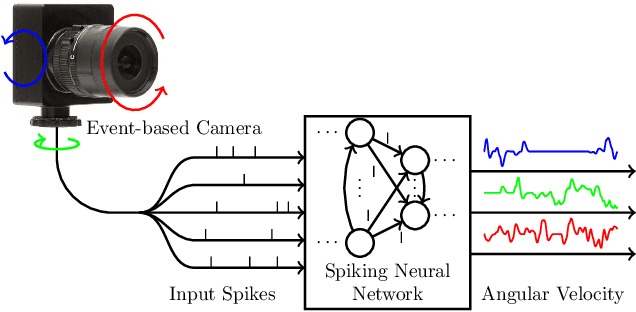
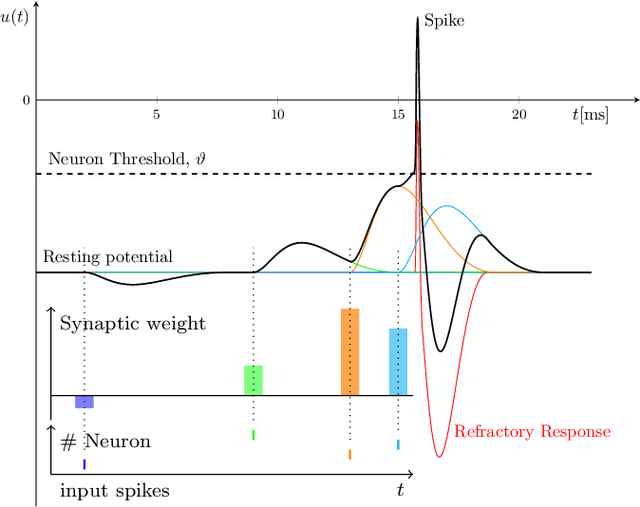
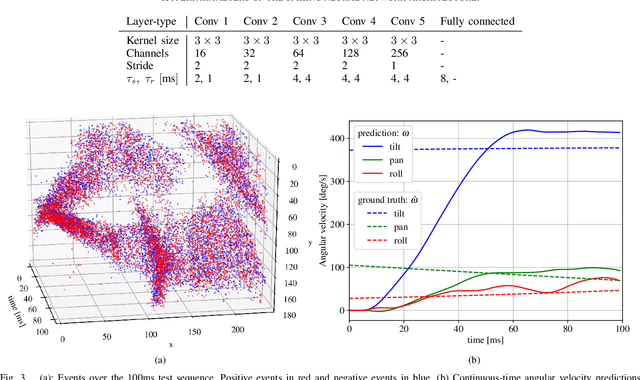
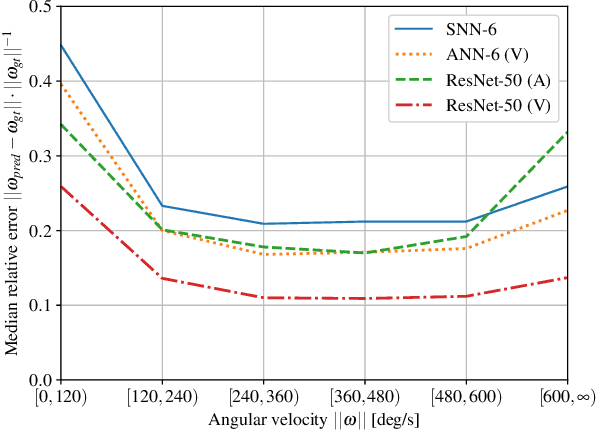
Abstract:Spiking Neural Networks (SNNs) are bio-inspired networks that process information conveyed as temporal spikes rather than numeric values. A spiking neuron of an SNN only produces a spike whenever a significant number of spikes occur within a short period of time. Due to their spike-based computational model, SNNs can process output from event-based, asynchronous sensors without any pre-processing at extremely lower power unlike standard artificial neural networks. This is possible due to specialized neuromorphic hardware that implements the highly-parallelizable concept of SNNs in silicon. Yet, SNNs have not enjoyed the same rise of popularity as artificial neural networks. This not only stems from the fact that their input format is rather unconventional but also due to the challenges in training spiking networks. Despite their temporal nature and recent algorithmic advances, they have been mostly evaluated on classification problems. We propose, for the first time, a temporal regression problem of numerical values given events from an event camera. We specifically investigate the prediction of the 3-DOF angular velocity of a rotating event camera with an SNN. The difficulty of this problem arises from the prediction of angular velocities continuously in time directly from irregular, asynchronous event-based input. Directly utilising the output of event cameras without any pre-processing ensures that we inherit all the benefits that they provide over conventional cameras. That is high-temporal resolution, high-dynamic range and no motion blur. To assess the performance of SNNs on this task, we introduce a synthetic event camera dataset generated from real-world panoramic images and show that we can successfully train an SNN to perform angular velocity regression.
Estimation of Absolute Scale in Monocular SLAM Using Synthetic Data
Sep 02, 2019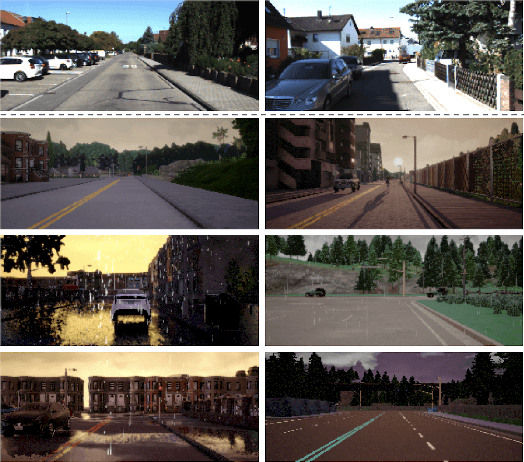
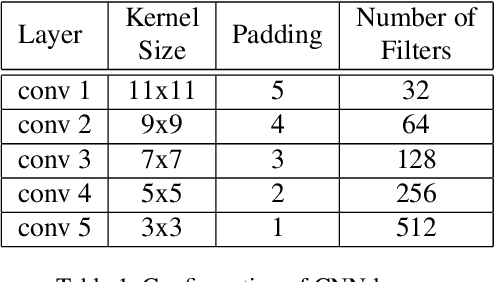

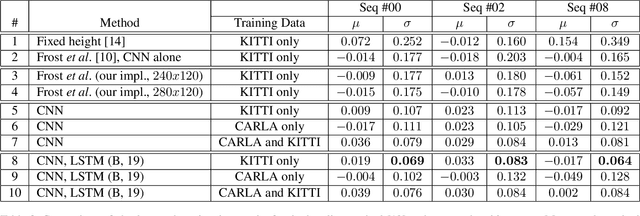
Abstract:This paper addresses the problem of scale estimation in monocular SLAM by estimating absolute distances between camera centers of consecutive image frames. These estimates would improve the overall performance of classical (not deep) SLAM systems and allow metric feature locations to be recovered from a single monocular camera. We propose several network architectures that lead to an improvement of scale estimation accuracy over the state of the art. In addition, we exploit a possibility to train the neural network only with synthetic data derived from a computer graphics simulator. Our key insight is that, using only synthetic training inputs, we can achieve similar scale estimation accuracy as that obtained from real data. This fact indicates that fully annotated simulated data is a viable alternative to existing deep-learning-based SLAM systems trained on real (unlabeled) data. Our experiments with unsupervised domain adaptation also show that the difference in visual appearance between simulated and real data does not affect scale estimation results. Our method operates with low-resolution images (0.03MP), which makes it practical for real-time SLAM applications with a monocular camera.
 Add to Chrome
Add to Chrome Add to Firefox
Add to Firefox Add to Edge
Add to Edge